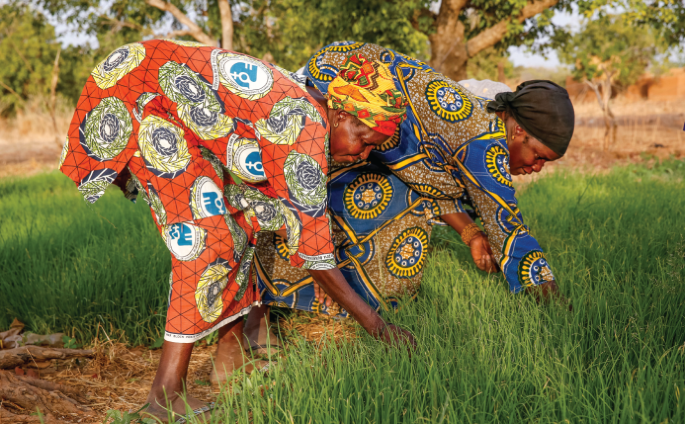

Now, Kaela Connors from the Harvard School of Public Health and her colleagues have investigated the relationship between women’s empowerment and farm-level crop diversity. They applied statistical analysis to cross-sectional data from studies carried out in Burkina Faso, India, Malawi and Tanzania. Women’s empowerment was measured in five domains that combine the Women’s Empowerment in Agriculture Index (S. Alkire et al., World Dev. 52, 71-91, 2013): involvement in productive decisions, ownership of assets, control over credit access, community leadership and time allocated to work. As the main measure of crop diversity, the total number of food crops was used, and food groups and nutrient density were also considered.
Women’s empowerment varied across countries, both in terms of domain and effect size. However, pooled results found that women who participate in decision-making, own more assets, and are part of community groups are more likely to live in households that grow a variety of crops, including nutritious crops. No consistent associations were found for trust or workload. Although causation cannot be proven and there are country specificities, these results clearly demonstrate the importance of gender equality in nutrition-sensitive agricultural interventions.
Tara Thomas Agency stands at the forefront of the entertainment industry, with years of experience dedicated to nurturing the most exceptional talents and successful acts.